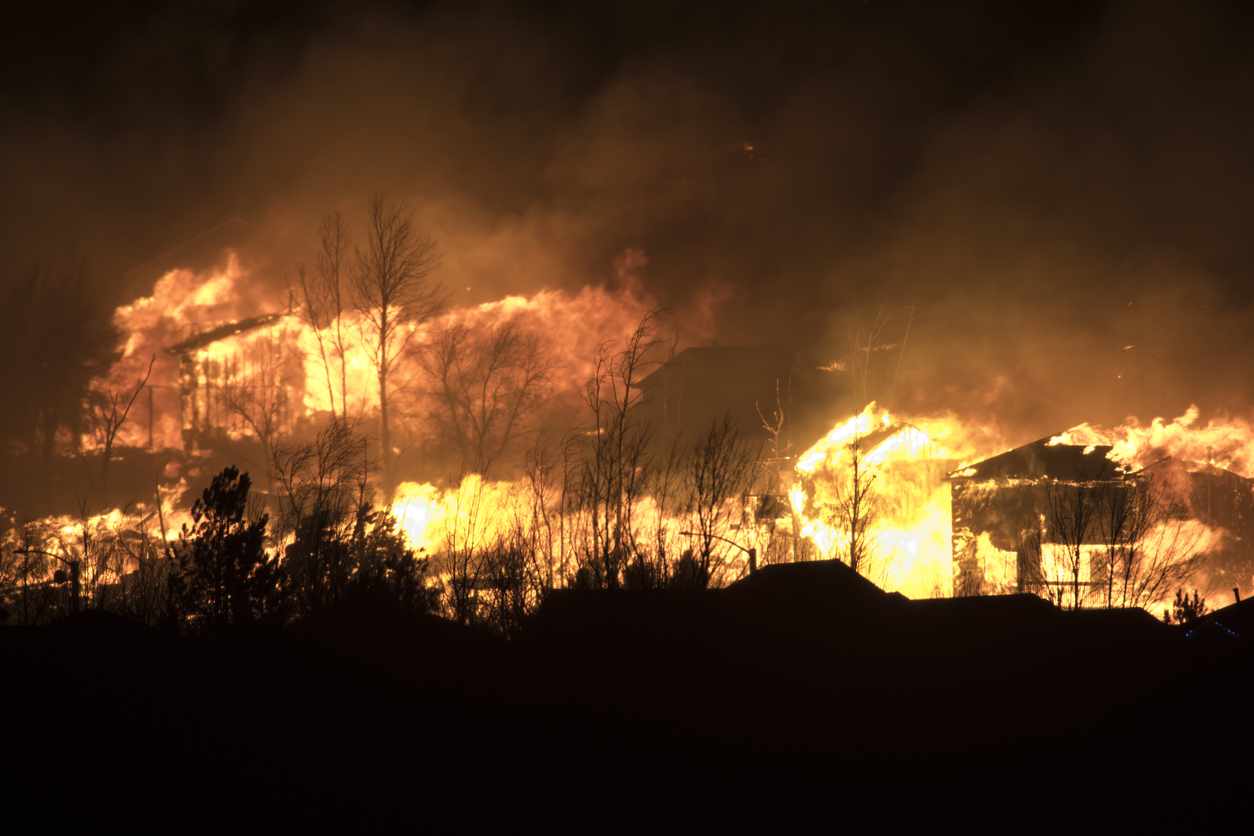The wildfire arrived at the end of last year and burned through approximately 6,000 acres in two days, becoming the most expensive fire in Colorado history.
According to the Boulder Office of Disaster Management (ODM), as of January 10th, 2022, the number of structures destroyed by the fire was 1,091, with an additional 179 damaged.
When it was discovered that the fire had destroyed nearly 1,000 structures a few days earlier, catastrophe risk modeller Karen Clark & Company estimated the insurance industry's loss from the event at $1 billion, describing it as the most destructive wildfire in the state's history.
According to AM Best, direct premiums written by property lines in Colorado last year were approximately $6.9 billion, implying that losses will account for approximately 15 percentage points of the state's property lines loss ratio.
"A loss of this magnitude is likely to result in an increase in local demand, despite existing supply chain backlogs." Furthermore, while lumber prices are down from their peak a year ago, they are still nearly triple what they were two years ago before the pandemic," explains the ratings agency.
It is normal for natural disasters to cause a surge in demand in a local economy due to the large volume of immediate reconstruction required. The Colorado wildfire damage is extremely localized, with more than half of the structures destroyed located in Louisville, Colorado.
Furthermore, wildfires are extremely rare in the state this time of year due to cold weather and snow limiting their spread. And, while the cold weather eventually put a stop to the fire, it had already caused significant damage.
The problem, according to AM Best, is that the cold weather will cause delays in repairs, raise the cost of alternative housing for some time, and possibly even cost per night given that this is the peak ski season in the area.
The ratings agency also emphasizes how a softwood lumber tariff in place since 2017 has resulted in a marginal price increase while keeping imports out. With more people working from home during the pandemic and individual stimulus payments, many people looked to expand their homes, increasing demand for lumber without increasing supply.
"Rapid demand will put downward pressure on prices not only locally, but also nationally." "There will be a national ripple effect, especially given that this event comes on the heels of the Kentucky tornado earlier in December," AM Best predicts.













